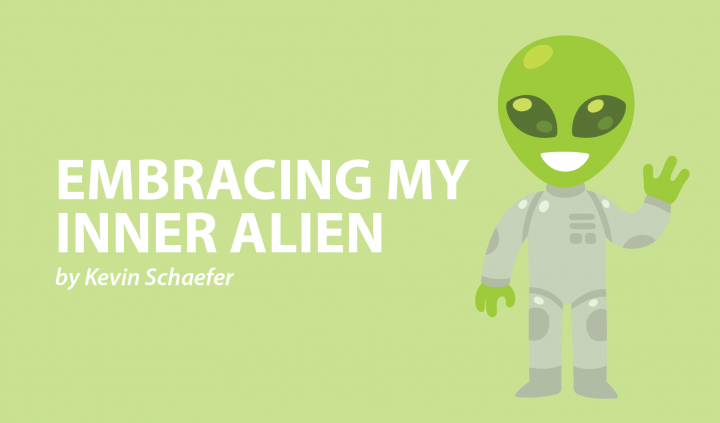Hey, Hollywood, Let Netflix’s ‘The Dragon Prince’ Inspire How You Portray Disability
Written by |

Dragons, elves, magic, and a deaf female general are just a few of the things you’ll find in Netflix’s “The Dragon Prince.” The new animated fantasy series from the head writer of “Avatar: The Last Airbender” has already garnered many positive responses from critics and audiences alike, and it left a strong impression on me as a viewer with a disability.
I’ve written before about how characters with disabilities are represented in television and film. As a pop culture guru and disability advocate, I’m often disappointed by how thinly written these characters are. Either the character with a disability is a saint whose only purpose is to inspire the protagonist, or they do nothing but wallow in misery and evoke pity. Both portrayals are equally abhorrent in my mind, and in both cases, the disabled character is merely a plot device.
That said, I’m encouraged when writers strive to create authentic characters with disabilities and use them effectively in their stories. In “The Dragon Prince,” creators Aaron Ehasz and Justin Richmond excel at this.
Just to provide some context, the series is about two human sibling princes who form an unlikely alliance with the elf assassin sent to kill them. Together, they embark on a mission to deliver a stolen dragon egg to its mother and restore peace between their warring nations.
Ask questions and share your knowledge of SMA in our forums.
In episode four, titled “Bloodthirsty,” viewers are introduced to the princes’ aunt, Amaya. She is a high-ranking general in one of the human kingdoms, and she is also deaf. Amaya communicates through sign language and is regularly accompanied by her friend and translator, Gren (voiced by Adrian Petriw).
Amaya only plays a supporting role in the show’s first season, but her character makes a strong impact nonetheless. For one, she’s a tough, commanding presence, and she would take down anyone who tried to pity her. She doesn’t need pity just because she has a disability, and not once in the first season does Amaya even talk about her deafness.
It even took me a minute to realize that she is deaf when she’s first introduced, which is a compliment to the way she’s written. Rather than make a big deal about it or turn her deafness into a cheap plot device, Ehasz, Richmond, and the rest of the show’s writers simply recognize Amaya’s disability as one part of her character, rather than the only thing that defines her.
The authenticity of Amaya’s character is something that Hollywood writers, directors, and producers can learn from. I would love to see more characters with disabilities portrayed in science fiction and fantasy, comedy, drama, and other genres and stories. Other shows like ABC’s “Speechless” and movies like “A Quiet Place” are also helping advance this conversation and change the way people think about media representation of disabilities. Quality representation is a hot topic today in the world of pop culture, and Amaya is evidence that there’s a place for deafness and other disabilities in mainstream media.
***
Note: SMA News Today is strictly a news and information website about the disease. It does not provide medical advice, diagnosis, or treatment. This content is not intended to be a substitute for professional medical advice, diagnosis, or treatment. Always seek the advice of your physician or other qualified health provider with any questions you may have regarding a medical condition. Never disregard professional medical advice or delay in seeking it because of something you have read on this website. The opinions expressed in this column are not those of SMA News Today, or its parent company, Bionews Services, and are intended to spark discussion about issues pertaining to spinal muscular atrophy.








Leave a comment
Fill in the required fields to post. Your email address will not be published.